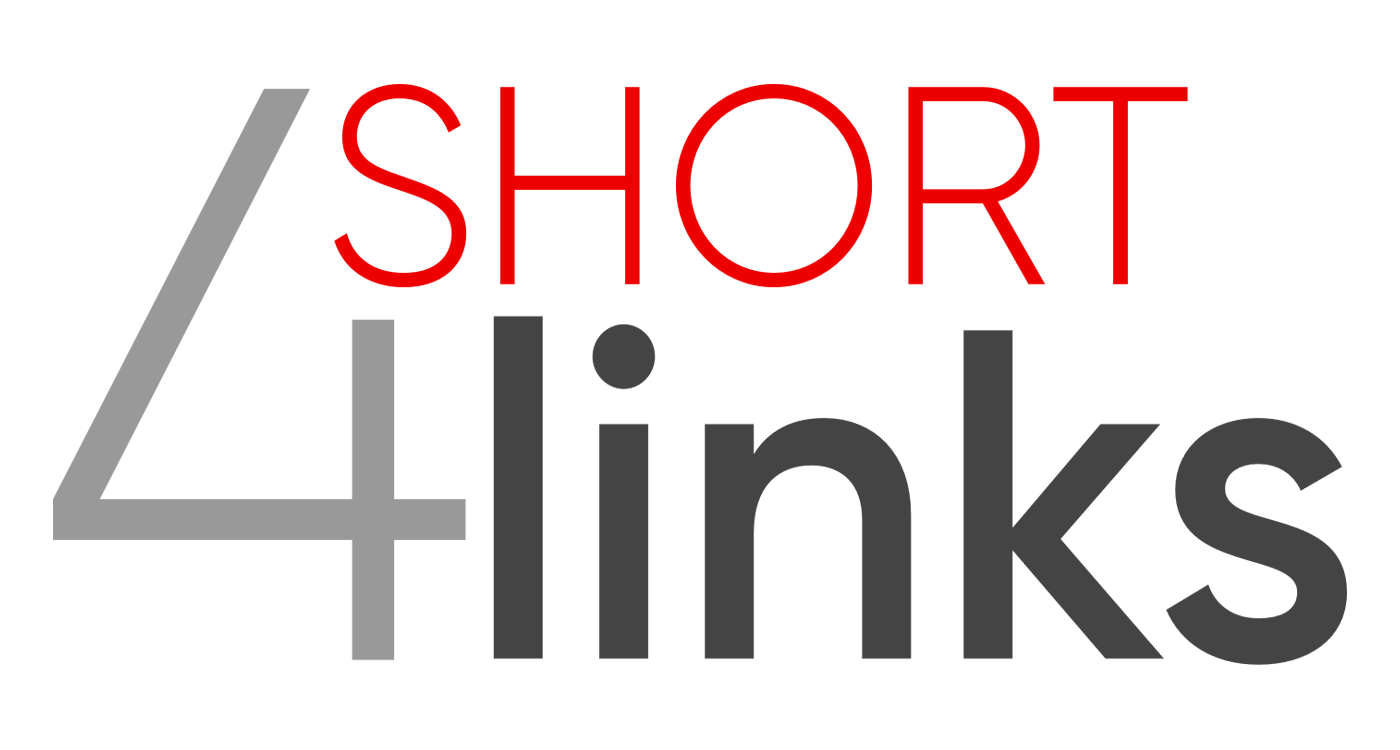Four short links: 21 November 2019
Program Synthesis, Narrow Paragraphs, Tech Radar, and AI Snakeoil

- Program Synthesis and the Art of Programming by Intent with Dr. Sumit Gulwani — Microsoft podcast. It turns out that when you do not commit to a program yourself, but you rather program by intent, we can actually enable some unique debugging experiences that are not going to be there in the standard programming world. We can, for instance, synthesize multiple programs from few examples—each of those programs is consistent with these examples, so they’re user provided—and run all these programs in parallel on the remaining test inputs. If they all produce the same result, it doesn’t really matter which program you pick. But if these programs generate different results on some test input, it is a sign of ambiguity in the user’s intent on their test input.
- Wide vs. Narrow Paragraphs: An Eye Tracking Analysis — Comparing the wide and narrow formatting conditions, our analysis shows that for narrow formatting, subjects (a) read slightly faster, (b) have fewer regressions, (c) retain more information in a post-test of the material, but (d) tend to abandon the ends of longer paragraphs.
- Thoughtworks Radar — issue 21 is out. Cloud, software supply chain, interpreting ML, and development as a team sport are the themes. It does feel a little like they’re drinking their own buzzword koolaid a bit (and I say this from my Web 2.0-toting O’Reilly enclave) when they say “run cost as architecture fitness function” to mean “you need to rearchitect your systems when they cost you too much to run.”
- How to Recognize AI Snake Oil — explains clearly, in a way that even managers can understand, that for predicting social outcomes, AI is not substantially better than manual scoring using just a few features.
